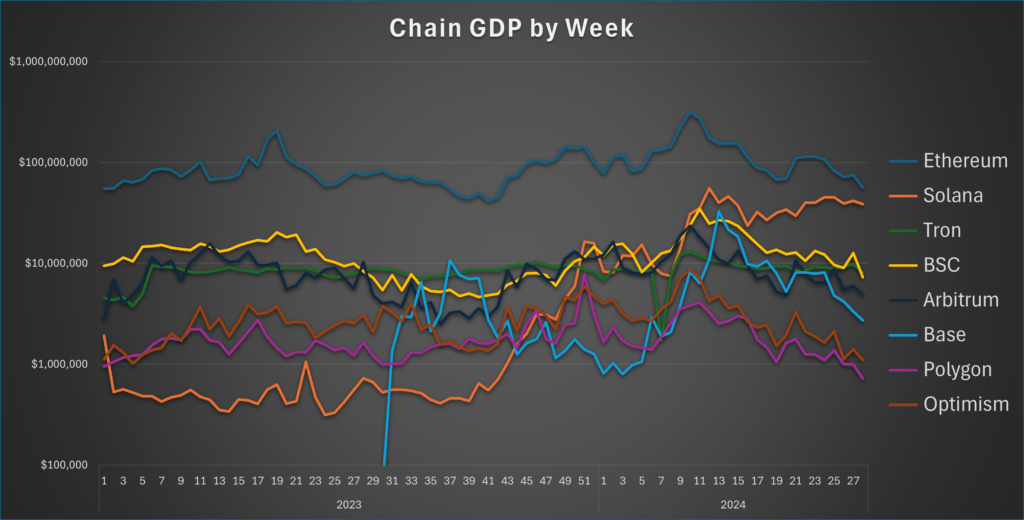Podcast Summary
In this episode, Mike Cahill, the CEO of Douro Labs, discusses Pyth, a dominant oracle provider serving multiple blockchains. Pyth has made significant progress, launching Pyth 2.0 and a retrospective airdrop. The podcast explores the landscape of trading firms in the crypto industry, the transition in the Oracle space, and the need for a future-proof architecture. Pyth’s architecture, benefits, and technical evolution are discussed, along with its role as the dominant oracle for Solana and cosmos chains. The podcast also covers Pyth’s unique features, such as confidence interval data, and its potential for governance and future expansion.
Key Takeaways
Pyth’s Architecture and Progress
- Pyth 2.0 and Retrospective Airdrop: Pyth has made significant progress, launching Pyth 2.0 and conducting a retrospective airdrop.
- Network of Publishers and Institutions: Pyth has amassed a network of 100 publishers and institutions contributing data.
- Monetizing Market Data in the On-Chain World: Pyth solves the problem of monetizing market data in the on-chain world, resonating well with contributors.
- Reduced Latency and Appropriate Licensing: Pyth’s architecture allows for reduced latency and ensures appropriate licensing for publishing data on a public blockchain.
- Pythnet: Pythnet is an environment built on Solana technology, where all Pyth activity occurs without competing for block space with other applications.
The Role of Trading Firms and the Transition in the Oracle Space
- Trading Firms as Consumers and Producers of Data: Trading firms play a significant role as consumers and producers of data in the crypto industry.
- Comparison to the Airbnb Model: Trading firms can now rent out their unused resources for financial market data, similar to the Airbnb model.
- Oracle Model 1.0: The limitations of the Oracle Model 1.0, which relied on third parties inserting data on chain, are highlighted.
- Importance of Low Latency Data: Low latency data is crucial for high-frequency trading firms, emphasizing the need for a new architecture like Pyth.
- Shift towards Publishers Closer to the Source of Data: The Oracle space in crypto is transitioning towards publishers being closer to the source of data.
Pyth’s Dominance and Future Expansion
- Pyth’s Dominance on Solana and Cosmos Chains: Pyth is the largest oracle used on Solana, with over 90% market share in terms of total value of security. It is also the dominant and canonical oracle for all cosmos chains.
- Pyth’s Deployment on Multiple Blockchains: Pyth has been deployed on 40 different blockchains, with over 50% market share on half of them and over 90% market share on a third of them.
- Pyth’s Unique Features: Pyth offers unique features such as adding confidence interval data to published prices, providing transparency and helping users manage volatility.
- Potential for Governance and Future Expansion: The governance of the Pyth protocol will be controlled by token holders, and the future of Pyth involves deploying additional asset classes, onboarding market makers and data providers, and meeting the needs of Oracle users.
- Pyth’s Model for Financial Market Data: Pyth’s model incentivizes publishers of proprietary data to publish it to public blockchains, creating a novel source for financial market data.
Sentiment Analysis
- Bullish: The podcast presents a bullish sentiment towards Pyth, highlighting its significant progress, dominance on Solana and cosmos chains, and potential for future expansion. The unique features of Pyth and its ability to solve the problem of monetizing market data in the on-chain world are also positive factors.
- Bearish: There is no expressed bearish sentiment in the podcast.
- Neutral: The podcast provides a neutral analysis of the landscape of trading firms in the crypto industry and the transition in the Oracle space. It discusses the limitations of the Oracle Model 1.0 and the need for a new architecture like Pyth without expressing a clear positive or negative sentiment.











